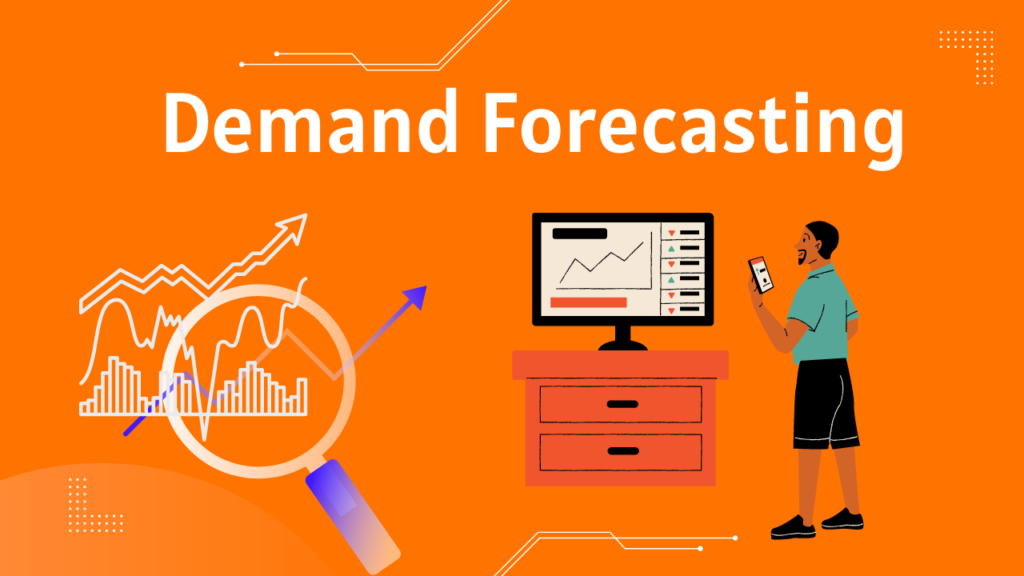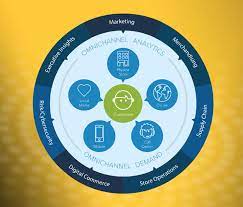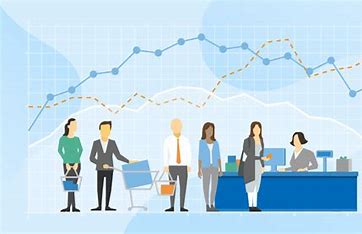
Demand forecasting is the process of predicting future demand for a product or service. It is a critical tool for businesses in a variety of industries, including retail, consumer goods, and manufacturing. By accurately forecasting demand, businesses can ensure that they have the right amount of inventory on hand to meet customer demand, while also avoiding overstocking and carrying unnecessary costs.
There are a number of different factors that businesses need to consider when creating demand forecasts, including:
- Historical sales data
- Current economic conditions
- Upcoming promotions and events
- Competitive activity
- New product introductions
Demand forecasting can be a complex process, but it is essential for businesses that want to improve their supply chain performance. By accurately forecasting demand, businesses can reduce costs, improve customer service, and increase profits.
The Benefits of Granular Forecasting
Demand forecasts can be developed on different levels of granularity, such as monthly, weekly, daily, or even hourly. Highly granular forecasts are always extremely valuable, as they provide businesses with a more accurate understanding of demand. This is especially important for businesses that sell perishable goods, such as fresh food, or that have a high level of product variety.
For example, a retailer that sells fresh food may need to forecast demand at the product-location level. This means that they need to predict how many units of each product will be sold at each location each day. This level of granularity is essential for preventing spoilage and ensuring that customers always have access to the products they want.
Similarly, a CPG company may need to forecast demand at the product-material level. This means that they need to predict how many units of each product will be sold and how much of each raw material will be needed to produce those units. This level of granularity is essential for optimizing production and reducing costs.
The Importance of Flexible Aggregation
While granular forecasts are essential for some businesses, they are not always necessary. For businesses that sell slow-moving items, or that have a low level of product variety, a less granular forecast may be sufficient.
However, even businesses that do not need granular forecasts at all levels will still need to be able to aggregate demand at different levels. For example, a retailer may need to aggregate demand at the product-location level to create a forecast for total demand for each product in each location. They may also need to aggregate demand across products to create a forecast for total demand for all products in each location.
Flexible aggregation is important because it allows businesses to use the same demand forecast for different planning purposes. For example, a retailer may use a granular forecast to create a replenishment plan, but they may use a less granular forecast to create a capacity plan.
There are a number of different methods for creating demand forecasts. Some of the most common methods include:
- Time series analysis: This method uses historical data to predict future demand.
- Econometric models: These models use economic data, such as interest rates and inflation, to predict future demand.
- Judgmental forecasting: This method relies on the judgment of experts to predict future demand.
The best method for creating a demand forecast will vary depending on the specific business and the type of product or service being sold. However, all demand forecasting methods should be based on sound statistical principles and should be regularly updated to reflect changes in the market.
Demand Forecasting in Omnichannel

Omnichannel retailing is the integration of multiple sales channels, such as brick-and-mortar stores, online stores, and mobile apps. Demand forecasting in an omnichannel environment is more complex than in a traditional retail environment, as businesses need to account for demand across all channels.
There are a number of different challenges associated with demand forecasting in an omnichannel environment. One challenge is that data from different channels is often not compatible, making it difficult to compile a complete picture of demand. Another challenge is that customer behavior can vary across channels, making it difficult to predict how customers will behave in the future.
Despite the challenges, demand forecasting in an omnichannel environment is essential for businesses that want to succeed in today’s competitive retail environment. By accurately forecasting demand, businesses can ensure that they have the right amount of inventory on hand to meet customer demand across all channels.
What is Demand Forecasting in the Supply Chain

Demand forecasting is a critical part of supply chain management. By accurately forecasting demand, businesses can ensure that they have the right amount of inventory on hand to meet customer demand, while also avoiding overstocking and carrying unnecessary costs.
There are a number of different factors that businesses need to consider when creating demand forecasts, including:
- Historical sales data
- Current economic conditions
- Upcoming promotions and events
- Competitive activity
- New product introductions
Demand forecasting can be a complex process, but it is essential for businesses that want to improve their supply chain performance. By accurately forecasting demand, businesses can reduce costs, improve customer service, and increase profits.
Also checkout the more importance’s of the Courier Companies in India
Why is Demand Forecasting so Crucial?

Demand forecasting is crucial for businesses for a number of reasons. First, it helps businesses to ensure that they have the right amount of inventory on hand to meet customer demand. This is important because having too much inventory can lead to carrying costs, while having too little inventory can lead to lost sales.
Second, demand forecasting helps businesses to avoid overstocking. Overstocking can lead to carrying costs, such as storage and insurance costs. It can also lead to obsolescence, as products may become outdated or damaged before they can be sold.
Third, demand forecasting helps businesses to identify opportunities for growth. By accurately forecasting demand, businesses can identify areas where they can increase sales. This can be done by expanding into new markets, introducing new products, or increasing marketing efforts.
Fourth, demand forecasting helps businesses to improve their supply chain efficiency. By accurately forecasting demand, businesses can ensure that they have the right amount of inventory on hand and that they are ordering the right amount of product from their suppliers. This can lead to reduced costs and improved customer service.
Fifth, demand forecasting helps businesses to make better decisions. By accurately forecasting demand, businesses can make better decisions about pricing, production, and marketing. This can lead to increased profits.
Common methods for creating demand forecasts

There are a number of different methods for creating demand forecasts. Some of the most common methods include:
- Time series analysis: This method uses historical data to predict future demand
- Econometric models: These models use economic data, such as interest rates and inflation, to predict future demand.
- Judgmental forecasting: This method relies on the judgment of experts to predict future demand.
The best method for creating a demand forecast will vary depending on the specific business and the type of product or service being sold. However, all demand forecasting methods should be based on sound statistical principles and should be regularly updated to reflect changes in the market.
